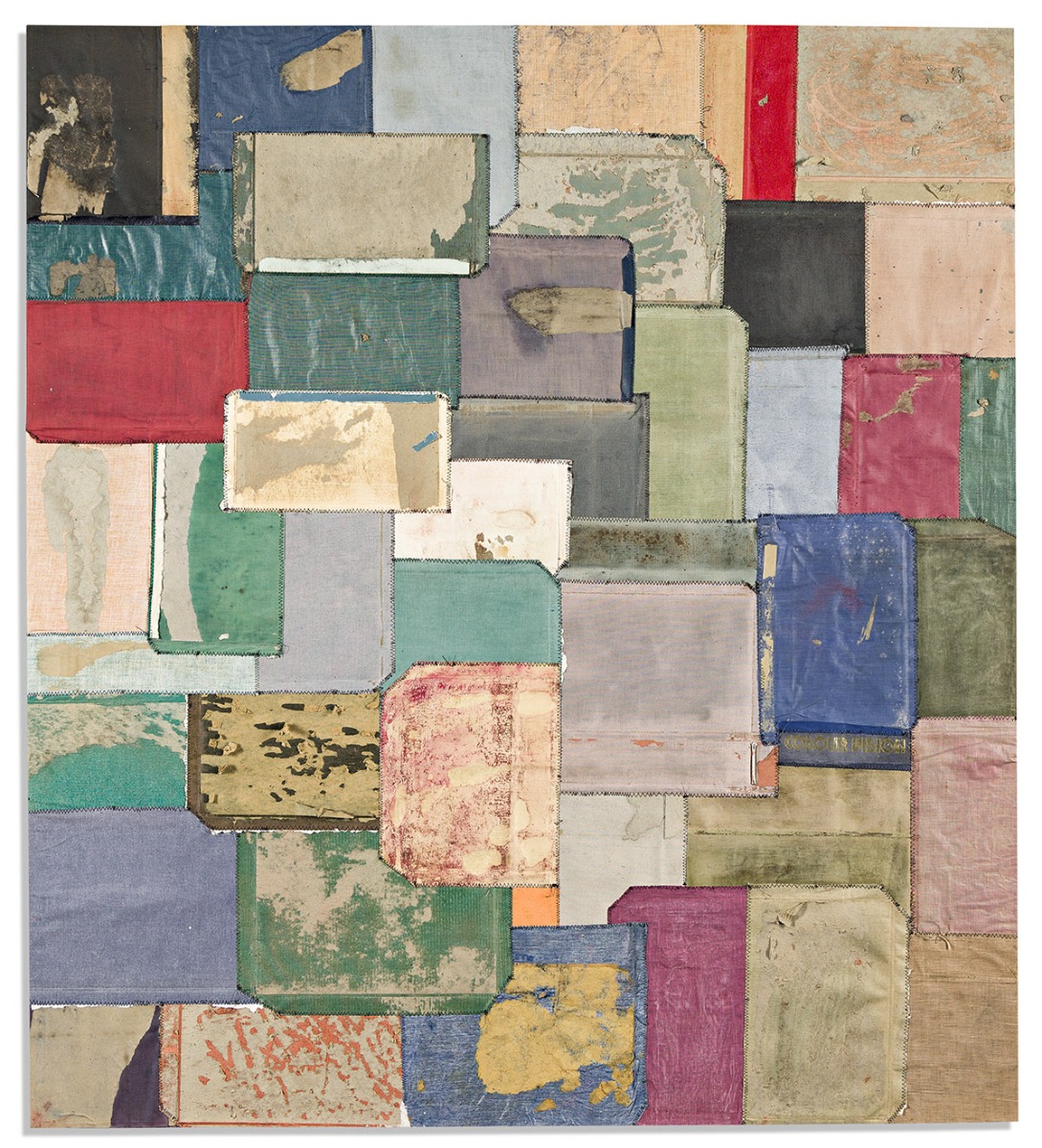
Specialist
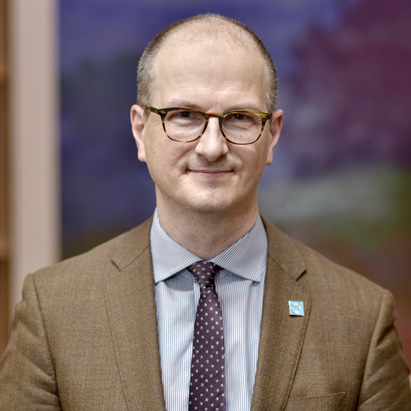
Exhibition Hours
Oct 14, 12–5; Oct 16, 12–5; Oct 17, 12–5; Oct 18, 12–5
Sale 2649 - Lot 100
Additional Images
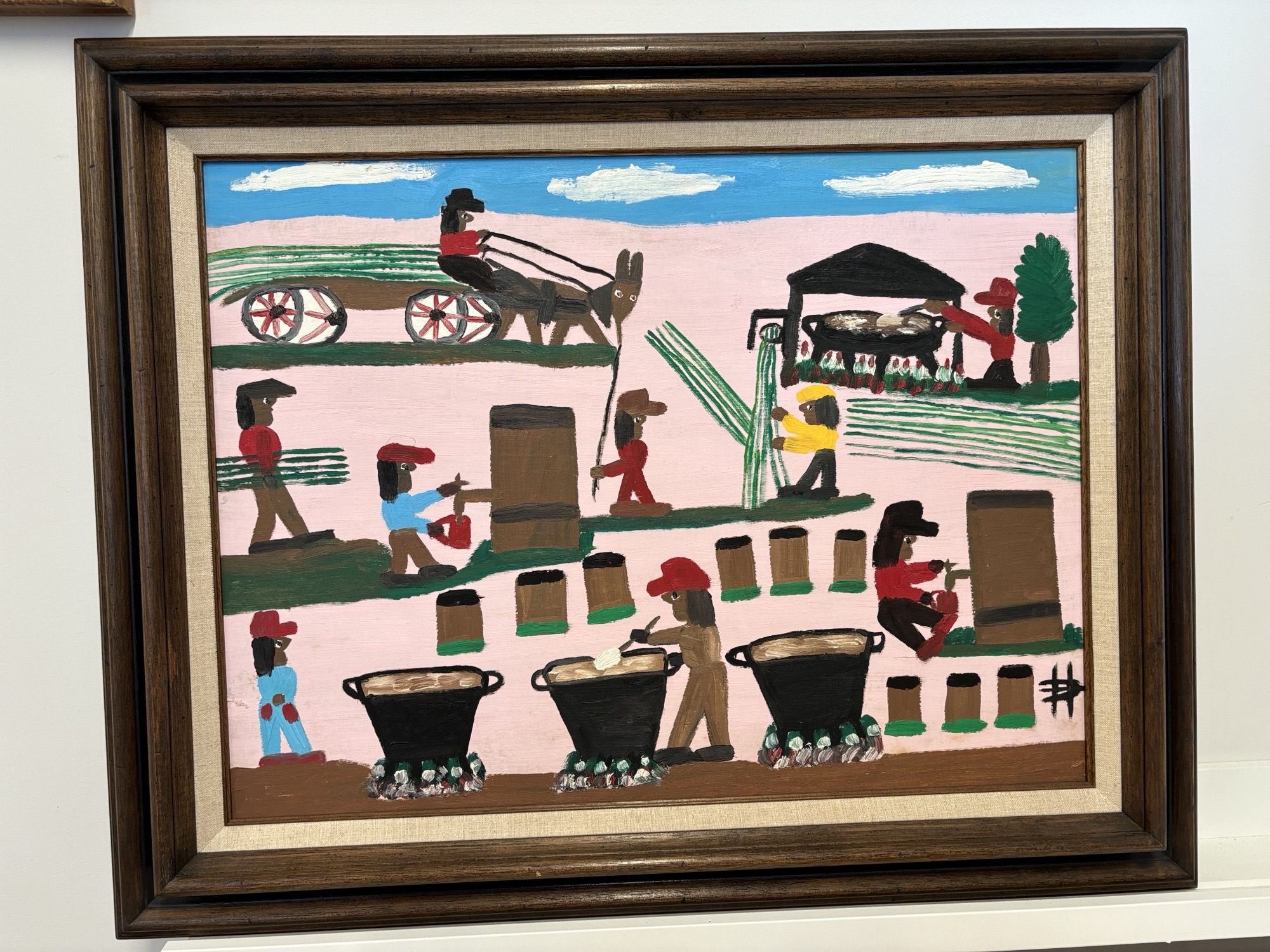
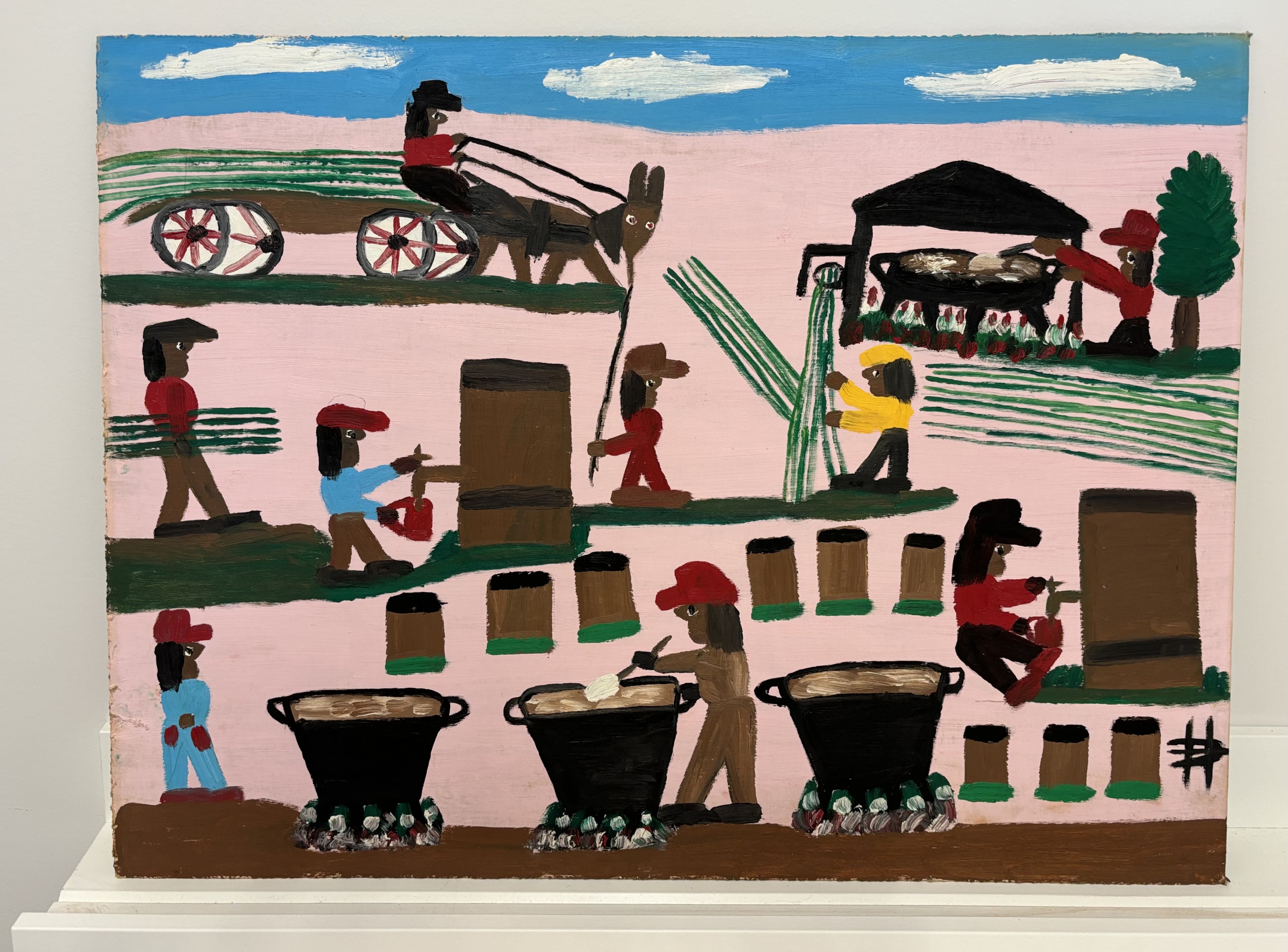
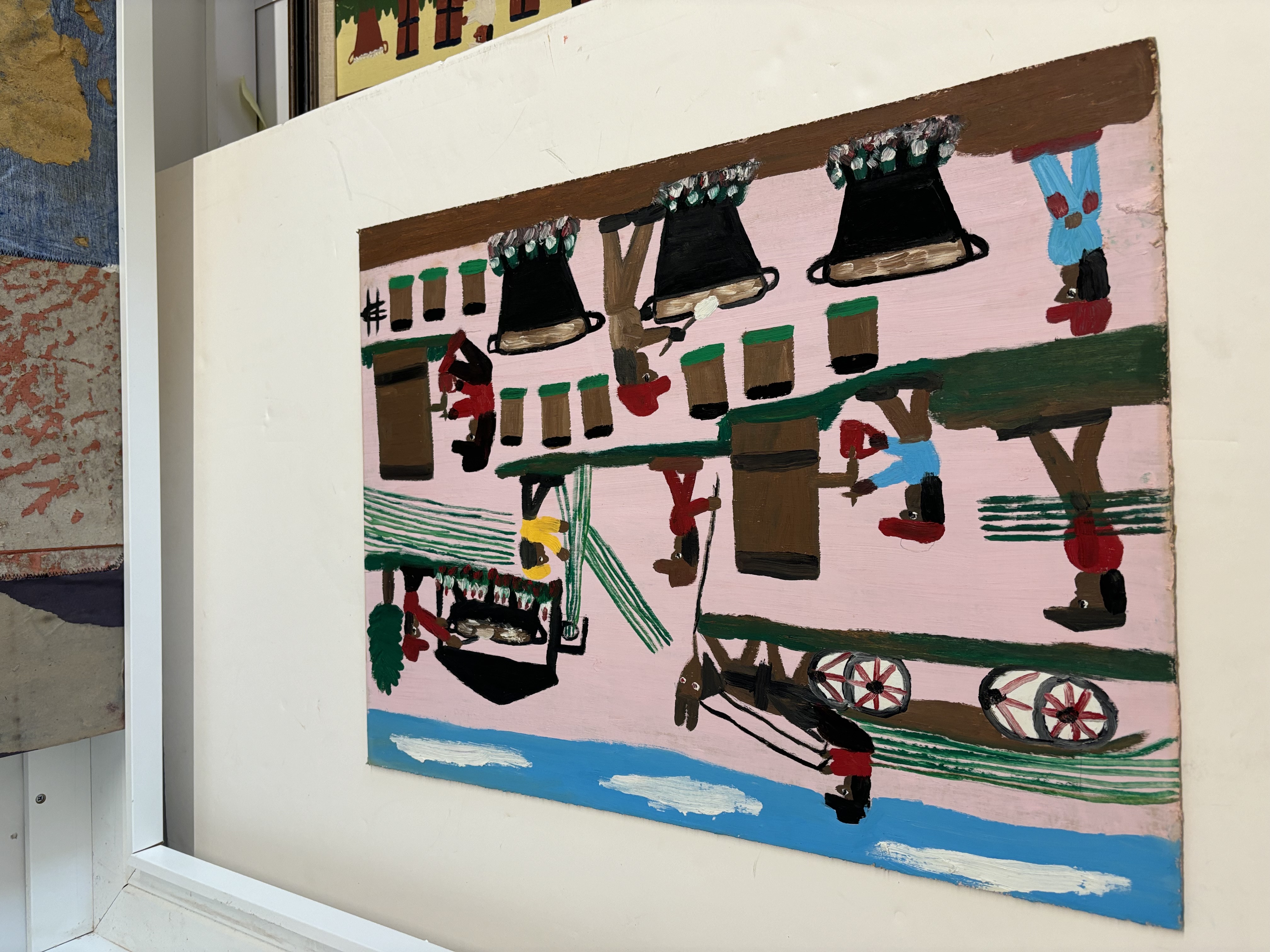
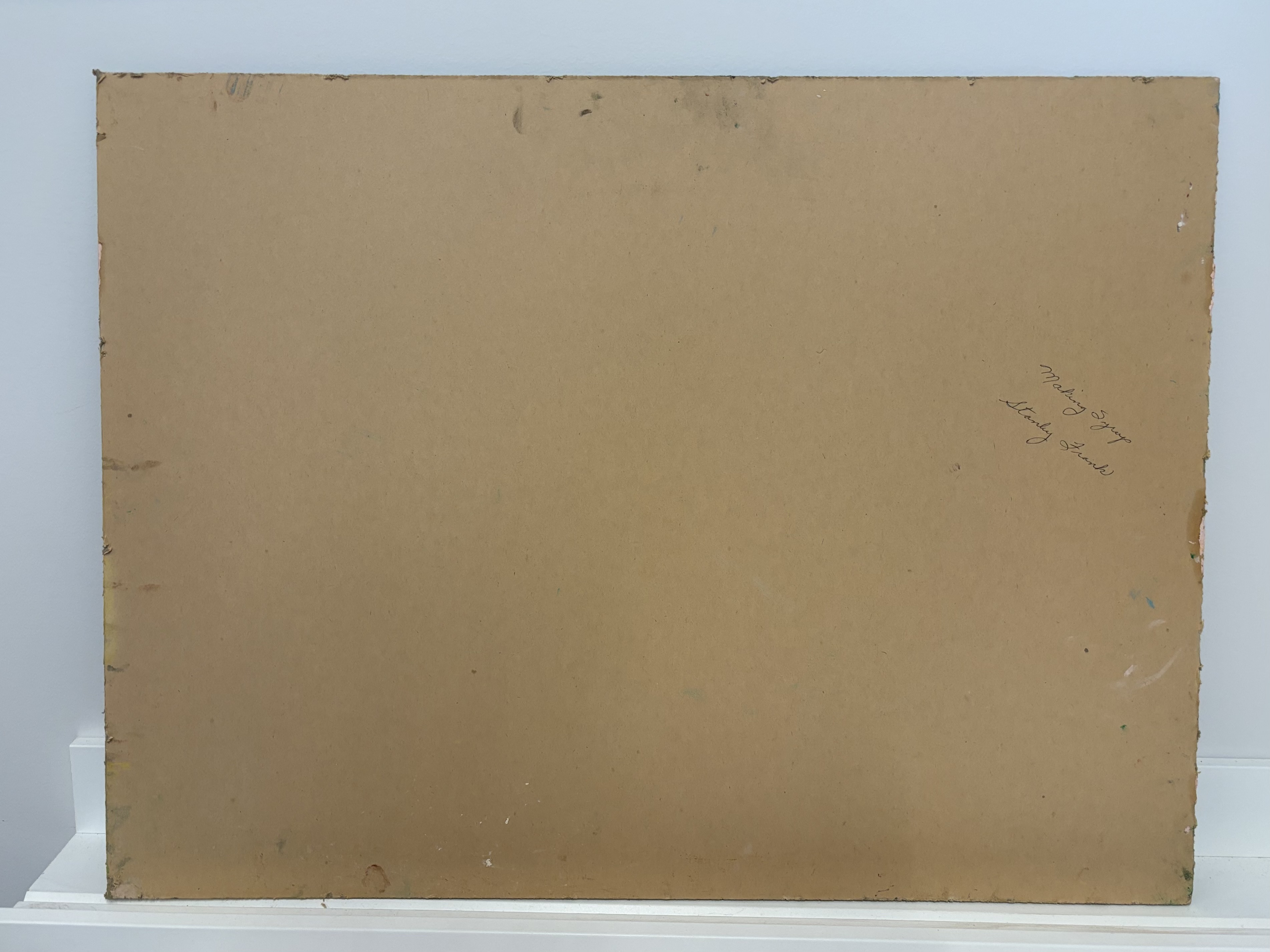
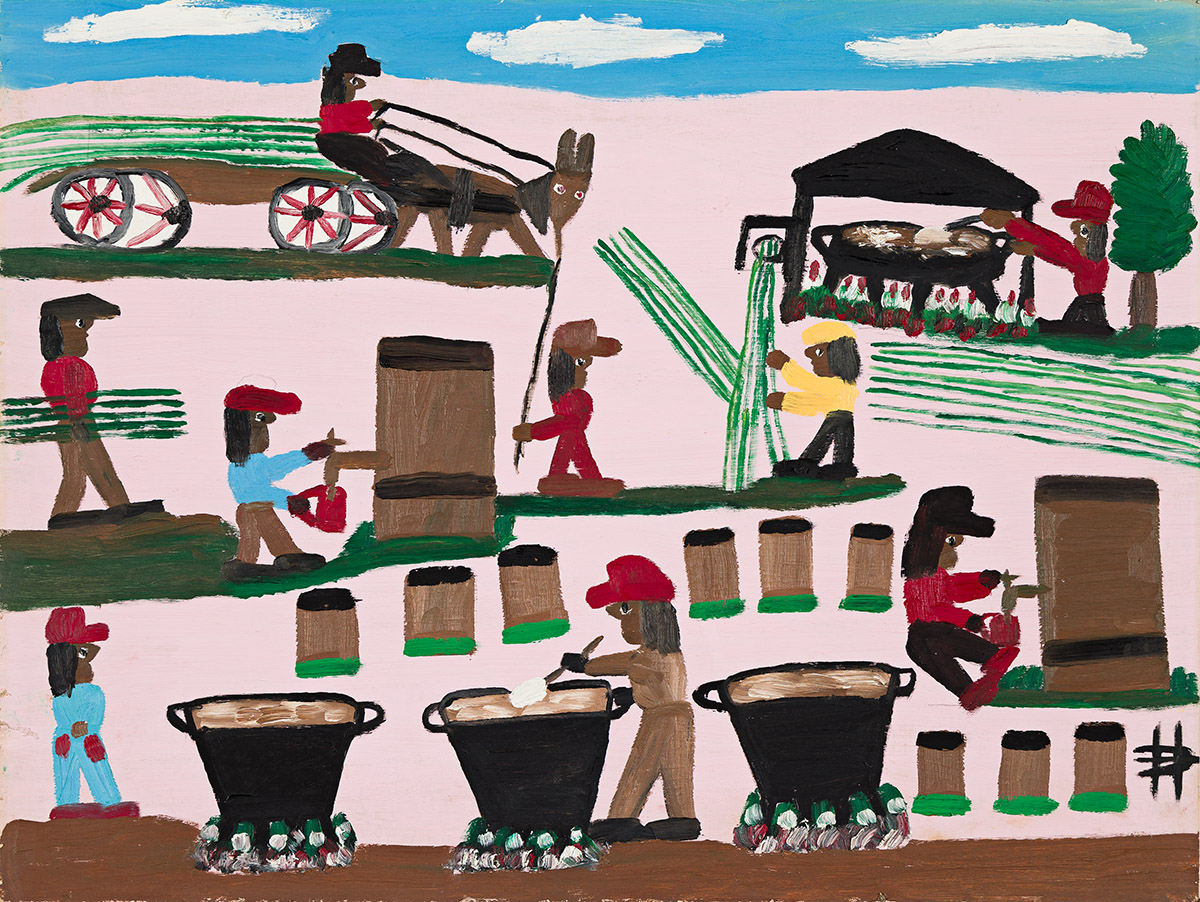








1 /
5







Sale 2649 - Lot 100
Estimate: $ 7,000 - $ 10,000
CLEMENTINE HUNTER (1886 - 1988)
Making Syrup.
Oil on board, circa 1975. 457x610 mm; 18x24 inches. Initialed in oil, lower right.
Provenance: acquired directly from the artist, private collection, Louisiana (circa 1976); thence by descent, private collection, Louisiana (2022).
Famed Louisiana self-taught artist, Clementine Hunter was born on the Hidden Hill Plantation in rural Louisiana where her grandparents had been slaves. When she was twelve, her family moved to Melrose Plantation in Natchitoches Parish to work as sharecroppers. Clementine worked as a field hand, cook, and housekeeper. Melrose Plantation was made into a retreat for visiting artists; Hunter took up painting an artist's left-behind paint and brushes in her fifties. She painted everyday images of the activities of the black families and workers, and made pictorial quilts. A 1953 article in Look magazine drew her national attention. Three years later, the Delgado Museum (now the New Orleans Museum of Art) organized a solo exhibition for Hunter, the first for an African-American artist by a Louisiana museum - even though the segregation laws at the time prohibited Hunter from entering the exhibition space during public viewing hours.
Radcliffe College included Hunter in its Black Women Oral History Project, published in 1980. Northwestern State University of Louisiana granted her an honorary Doctor of Fine Arts degree in 1986. Her artworks are found in many public collections including the Smithsonian American Art Museum, the National Museum of African-American History and Culture, the New Orleans Museum of Art, the American Folk Art Museum, New York and the High Museum of Art, Atlanta. Hunter has been the subject of biographies and artist studies, and inspired other works of art. In 2013, composer Robert Wilson presented a new opera about her Zinnias: the Life of Clementine Hunter at Montclair State University in New Jersey.
Making Syrup.
Oil on board, circa 1975. 457x610 mm; 18x24 inches. Initialed in oil, lower right.
Provenance: acquired directly from the artist, private collection, Louisiana (circa 1976); thence by descent, private collection, Louisiana (2022).
Famed Louisiana self-taught artist, Clementine Hunter was born on the Hidden Hill Plantation in rural Louisiana where her grandparents had been slaves. When she was twelve, her family moved to Melrose Plantation in Natchitoches Parish to work as sharecroppers. Clementine worked as a field hand, cook, and housekeeper. Melrose Plantation was made into a retreat for visiting artists; Hunter took up painting an artist's left-behind paint and brushes in her fifties. She painted everyday images of the activities of the black families and workers, and made pictorial quilts. A 1953 article in Look magazine drew her national attention. Three years later, the Delgado Museum (now the New Orleans Museum of Art) organized a solo exhibition for Hunter, the first for an African-American artist by a Louisiana museum - even though the segregation laws at the time prohibited Hunter from entering the exhibition space during public viewing hours.
Radcliffe College included Hunter in its Black Women Oral History Project, published in 1980. Northwestern State University of Louisiana granted her an honorary Doctor of Fine Arts degree in 1986. Her artworks are found in many public collections including the Smithsonian American Art Museum, the National Museum of African-American History and Culture, the New Orleans Museum of Art, the American Folk Art Museum, New York and the High Museum of Art, Atlanta. Hunter has been the subject of biographies and artist studies, and inspired other works of art. In 2013, composer Robert Wilson presented a new opera about her Zinnias: the Life of Clementine Hunter at Montclair State University in New Jersey.





